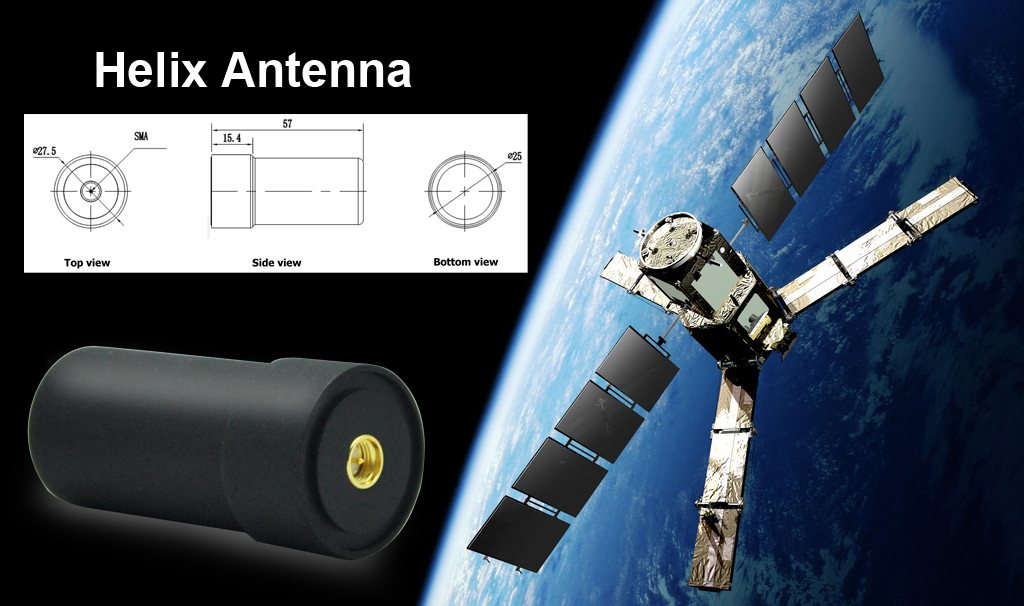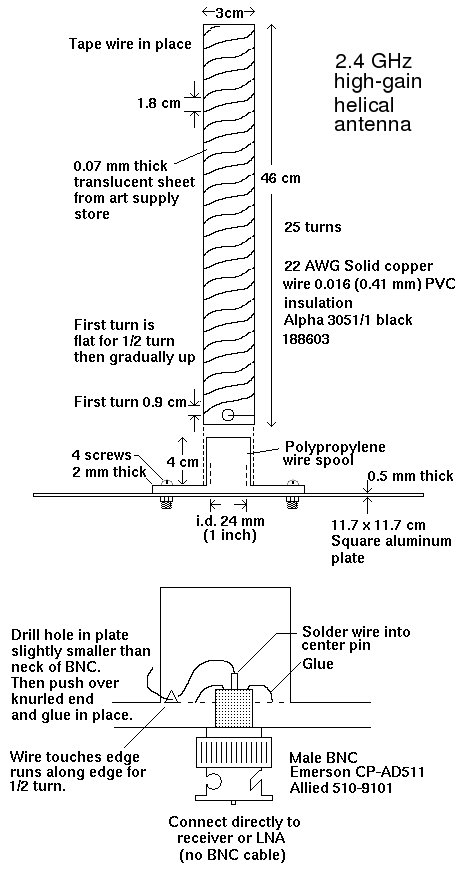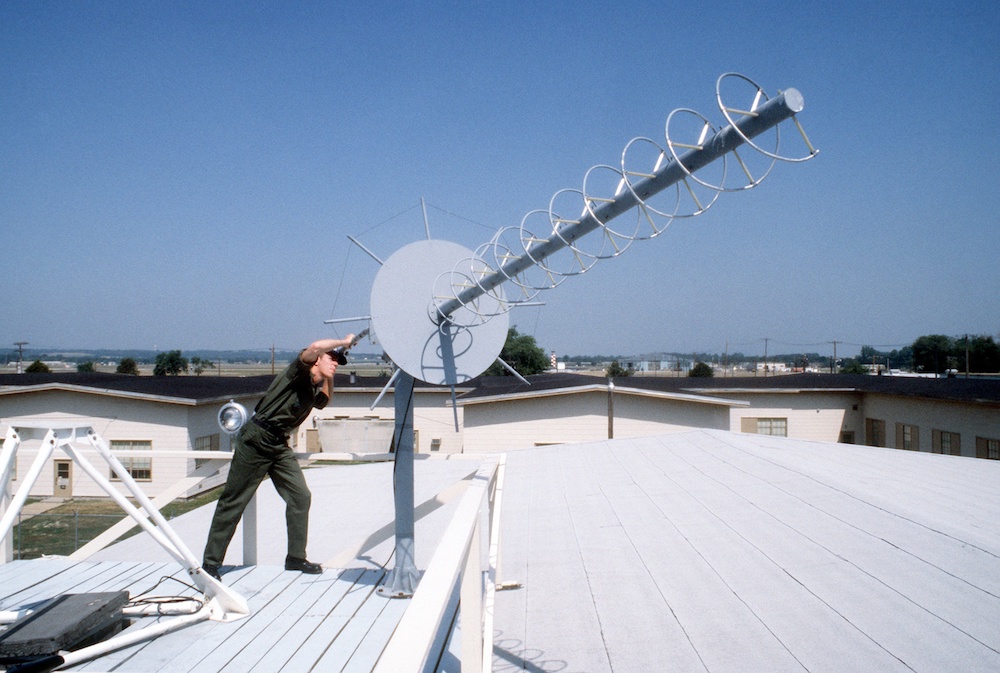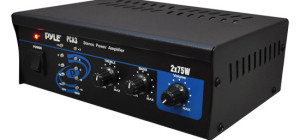A Helix antenna is commonly known as a helical antenna. It has a different shape from other types of antennas Helix is a kind of travelling wave antenna having a shape like that of a corkscrew that generates radiation along the axis of an antenna. It has a wide bandwidth and can be constructed easily. Apart from that, the antenna also includes real input impedance and generates circularly polarized fields.
The polarization and radiation properties of a Military Quadrifilar Helix Antenna depend on various factors such as pitch, diameter, wavelength, number of turns, spaces between the helical loops, and excitation.
In this blog, we will discuss the design, construction, features, benefits, and applications of a helical antenna.
Design of a Helix antenna
Helix antennas contain helical loops that are made with a thick conductor that looks like a screw thread. This antenna is associated with a ground plane constructed from a conductor. This ground plane antenna is made up of a sheet or screen or some concentric conductors. It works with the help of a coaxial cable and operates in normal as well as axial modes.
Some of the most common parameters in a helix antenna include the circumference of a helix, loop separation, pitch angle, axial length, distance between ground plane and helix proper, number of turns, and diameter of helix conductor.
Radiation Modes of a Helical Antenna
The helical antenna includes 2 modes of operation namely:
- Normal mode
- Axial mode
1. Normal Mode
In normal mode, the radiation is maximum in the broadside direction which is called broadside mode. This mode occurs when the helix dimensions are small. Beam width is small in the case of normal mode and efficiency is low. In large helix antennas, the parameters can be increased.
2. Axial Mode
The second radiation mode of a helical antenna is an axial mode. In this mode, the radiation is maximum along the helix axis. The axial mode includes circular polarization and normal radiation patterns.
Major Features of Helical Antenna
Now, we will further discuss the major features of a helix antenna in this section. Some of the major benefits of a helical antenna are:
- It is one of the best antennas for circular polarization.
- This antenna is widely used in axial mode.
- In axial mode, the helical antenna has a wide bandwidth.
- It is very easy to construct a helical antenna and contains high directivity.
- You can use a helix antenna in both UHF and VHF bands.
- Quadrifilar Helix Antenna is widely used in various applications such as radio astronomy, satellites, and extra-terrestrial communications.
- Helical antennas come in different kinds such as monofilar, bifilar and quadrifilar.
- These antennas have a solid construction.
- You can use a helix antenna with many other types of antennas that have vertical and horizontal patterns.
- These antennas are made of premium quality materials and never rust or corrode due to rain, dust, winds, or pollutants or other environmental damages.

Where is a Helix Antenna Used?
Because of their solid structure and fine design, helix antennas are used in many applications such as:
- It is used for space probe communications as well as satellite communications.
- Single helix antenna and its array are widely used for receiving and transmitting VHF signals.
- This antenna can be used in radio astronomy.
- You can use a helix antenna in various satellite applications like ballistic missiles, telemetry links, and satellites located at Earth Stations.
- One can communicate between Earth and the moon with the help of a helix antenna.
- A helical antenna is one of the most important things used in television, telephones, and data for both ground stations and satellites.
- It can be used to communicate between Earth and other planets like the moon and Mars.
- Because of circular polarization and simplicity of use, helical antennas are largely used in space communication.
Frequency Range of Helix Antennas
A helical antenna operates at a frequency range between 30MHz and 3MHz. It is capable of working on both UHF and VHF ranges.











